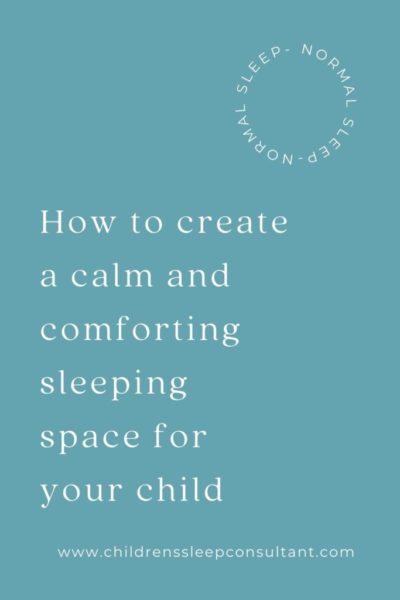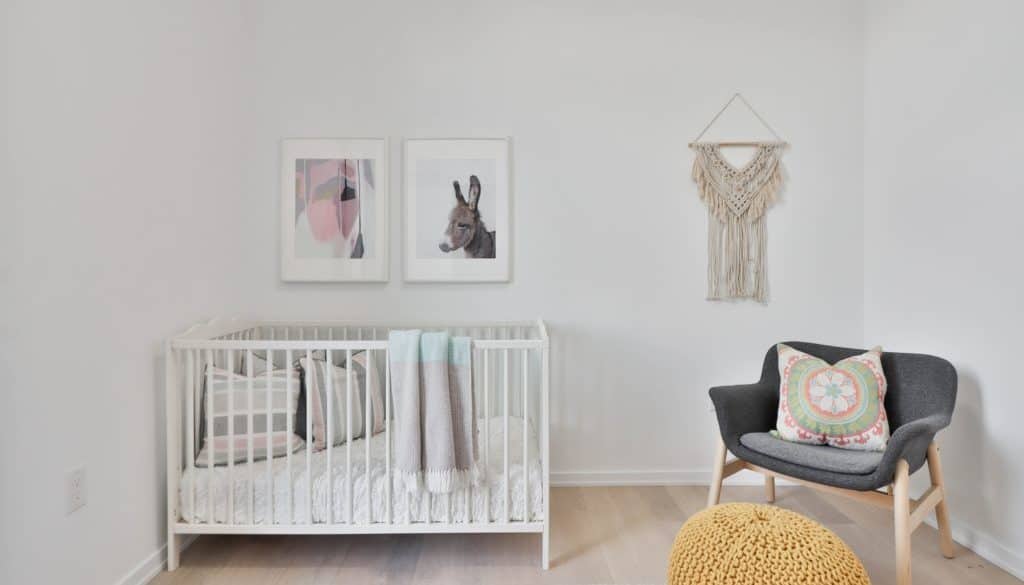How To Create A Calm and Comforting Sleeping Space for Your Child
When babies and young children are experiencing sleep difficulties, one of the first things I ask my clients to consider is whether their little one has a calming, comforting sleeping space to settle down in. It may seem trivial and as if something so simple couldn’t possibly be causing so much disruption, but actually, you probably won’t believe how much certain environmental factors can affect your child’s quality of sleep!
In my book, The Baby Sleep Plan, I have dedicated an entire section to how to prepare your baby or child’s sleeping area to ensure the best chance of sleep success. You can order your copy here. BUY NOW.
In the meantime, here are some tips and highlights from the book on how to optimize your child’s sleep environment:-

Lighting
We all, children and adults alike, sleep better in a darkened room. You might not have to worry too much about this during the winter months, where the setting sun serves as a visual cue to your little one that bedtime is on the horizon. However, in the summer months, you may face resistance and protests from your children that it ‘can’t possibly be bedtime’ because ‘it’s still light outside!’ For this reason, and to help with melatonin production (one of our body’s important sleep-inducing hormones), I’d recommend closing the curtains at least an hour before your little one’s expected bedtime to help them prepare for sleep.
It’s also worth checking that your curtains are doing the trick to block out as much light as possible and effectively darkening the room. If not, you can choose to invest in blackout blinds — or even a thick towel or blanket hung over the window can make all of the difference!
If your child is scared of the dark or you need a light to help them get ready in the run-up to bedtime, an incandescent bulb in a lamp is the perfect solution. It’s best to keep energy-saving lightbulbs out of the bedroom as they inhibit melatonin production.
Music & Sounds
Avoid using any screens in the bedroom — including laptops, tablets, and mobile phones — as the blue light these screens use can negatively affect the amount of melatonin produced. Trying to settle down to sleep straight after looking at a screen can lead to more restless sleep, so it’s better to turn off any devices around 1-2 hours before your bedtime routine begins.
Any music playing should be soft and played at a low volume. Meditations, lullabies and bedtime audiobooks are a good idea for older children, whereas a baby or young child may benefit from white noise instead. White noise can be very relaxing for children of all ages as the whooshing and whirring sound subconsciously remind them of their time spent in the womb and often does an excellent job at lulling them off to sleep. Ensure you don’t have the white noise playing directly into your child’s ear and that it fills the room instead. If your baby doesn’t seem to respond well to white noise, try brown or pink noise as alternatives. Brown noise doesn’t have any high-frequency tones, and these are significantly reduced in pink noise. It’s all about figuring out what works best and is the most soothing option for your little one.
As an aside, I’d highly recommend the Aroma Snooze for your child’s bedroom, which is a 3-in-1 cool-mist diffuser/humidifier, LED night light and sound machine (including pink noise, the comforting sound of a heartbeat, rain/nature sounds, and lullabies too!) If you’d like to see my video review of the Aroma Snooze and why I think it’s a worthwhile investment for your child’s sleeping environment, you can do so by clicking here.
Room Decoration & Furniture
However tempting it may be to decorate your child’s room with an array of eye-catching and fashionable bright colours, a more muted colour palette (think calm blues, earthy greens and browns, pale purples and soft whites) will be your best friend when it comes to sleep and to help them to relax. Busy, stimulating pictures should also be reserved for their play space, and if you share a bedroom with your little one, you might want to have a scan around the room and see if there’s anything that could be too overwhelming for them.
For more information about creating the ideal sleeping environment for your baby, together with proven strategies for sleep training, don’t forget to order your copy of The Baby Sleep Plan today!

Want more help gently sleep training?
I’ve got you covered. Join the membership to access…

Gentle sleep training support
 Over 40 masterclasses, helping you with sleep changes and issues.
Over 40 masterclasses, helping you with sleep changes and issues.

Get all your questions answered in a live weekly Q & A.

+ so much more – 1 on 1 opportunities, bedtime meditations, downloads, all the help you could need.




